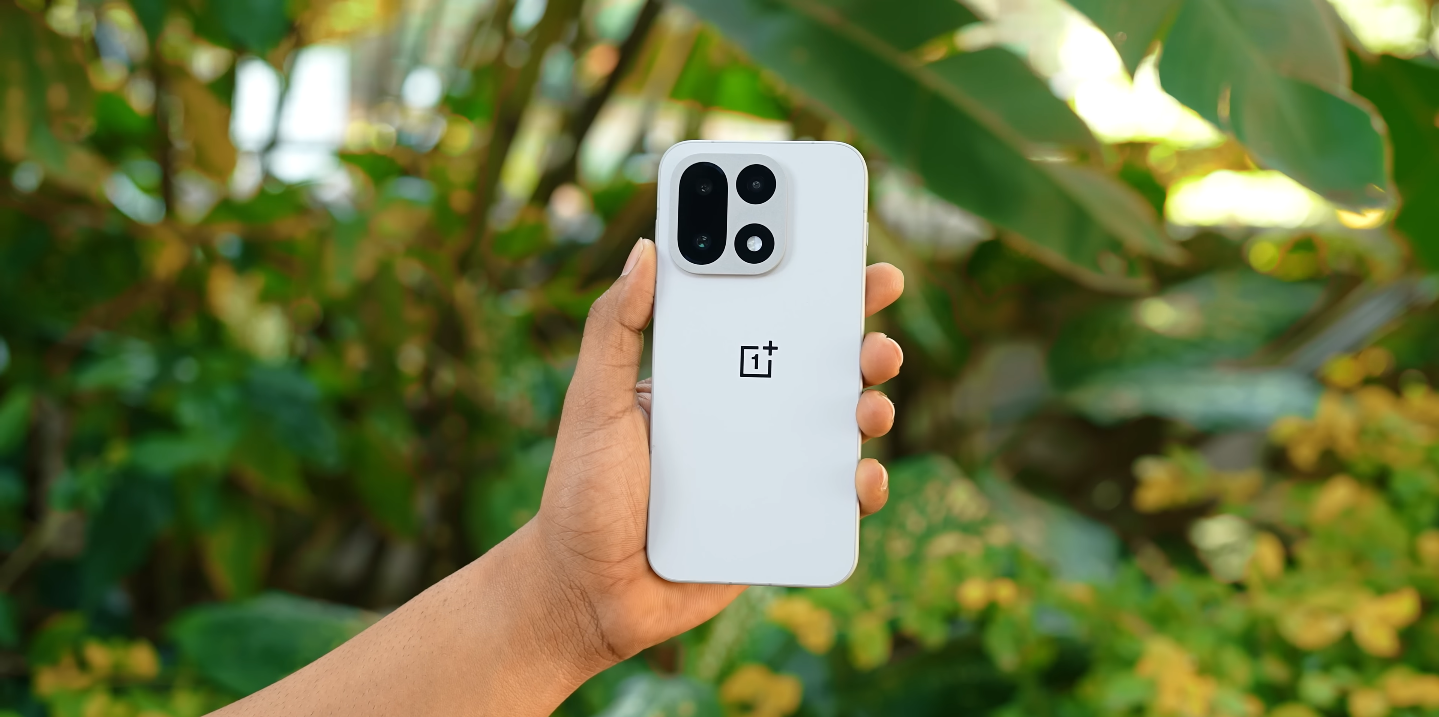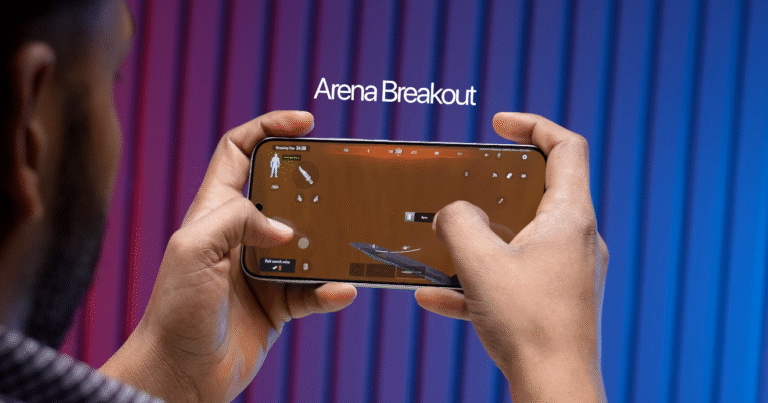OnePlus 15 vs OnePlus 14: skipping the 14 was strategic—here’s why

The Logic Behind OnePlus’s Bold Leap
When OnePlus unveiled the OnePlus 15, many fans noticed something odd — there was no OnePlus 14. The brand skipped a number entirely, moving from the OnePlus 13 straight to 15. It wasn’t a mistake or a marketing gimmick; it was a calculated strategic decision that reflects both cultural and technological reasons. For UK buyers, the result is a stronger, more confident flagship that justifies the jump.
The first reason lies in cultural superstition. In Chinese markets, the number “4” is traditionally considered unlucky because its pronunciation is similar to the word for “death.” Many Chinese brands avoid products with “4” in their naming — a practice seen across tech, real estate, and airline industries. By skipping the OnePlus 14, the company avoids negative associations in its home market while aligning its global naming strategy with a cleaner, future-focused image.
Beyond culture, there’s a bigger strategic purpose. The OnePlus 15 represents a significant generational leap — more so than a simple yearly refresh could convey. The company wanted to highlight that this model introduces an entirely new hardware foundation, design philosophy, and performance class. Calling it the “15” reinforces that perception. In many ways, the OnePlus 15 feels like two generations ahead of the 13, justifying the skipped number.

From a hardware standpoint, the jump is undeniable. The OnePlus 15 debuts Qualcomm’s Snapdragon 8 Elite Gen 5 chipset, delivering massive efficiency and AI processing improvements. It’s paired with LPDDR5X RAM and UFS 4.0 storage, giving it flagship speed on par with — and in some cases faster than — rivals like the iPhone 16 and Galaxy S25. The OnePlus 13, in contrast, relied on the previous generation chip and lacked the refined thermal system that the new model introduces.
Display technology also marks a big leap. The OnePlus 15’s 6.78-inch LTPO AMOLED screen runs at 165Hz with a 1.5K resolution and peak brightness of 1,800 nits. That’s a major improvement over the 13’s 120Hz panel and better than what most flagships offer today. In everyday UK use, that means smoother scrolling, sharper visuals, and unmatched outdoor visibility — a clear reason to frame this as more than a small upgrade.
The camera system is another area where skipping a generation makes sense. The OnePlus 15 introduces a triple 50MP array with a periscope telephoto lens, an entirely new imaging engine, and refined AI colour tuning. The brand’s split from Hasselblad has allowed for a fresh software approach that focuses on speed and realism. The OnePlus 13’s camera was solid but lacked the versatility and consistency that users now get on the 15. This shift marks a new era in OnePlus photography.
Battery life and charging speeds also justify the name change. The OnePlus 15 packs a 7,300mAh cell with 120W fast charging and 50W wireless support. Compared to the OnePlus 13’s smaller 5,000mAh battery and slower charging, the improvement feels substantial. For UK users, it means fewer mid-day top-ups and faster power recovery during busy routines.
From a marketing perspective, skipping 14 allowed OnePlus to reset its flagship identity. The 15 feels more aligned with the global smartphone timeline, especially as rival brands push higher numbering conventions. This move simplifies the lineup, helping consumers instantly recognise that the OnePlus 15 isn’t just a minor refresh but a bold reboot for the brand’s premium segment.
In the UK, where OnePlus faces strong competition from Samsung and Apple, this renaming strategy adds value. The OnePlus 15 positions itself as a true flagship alternative, bridging high-end specs with a slightly more accessible price point. By skipping the 14, OnePlus avoids the fatigue of yearly “same-but-slightly-better” releases and instead delivers something that feels decisively new.
In short, the decision to skip the OnePlus 14 wasn’t random — it was a strategic leap forward. It merges cultural sensitivity, marketing vision, and genuine technological advancement into one clear message: the OnePlus 15 marks the beginning of a new chapter. For UK buyers, that means a more powerful, better-designed, and future-proof flagship that fully earns its higher number and its place among the best of 2025.





